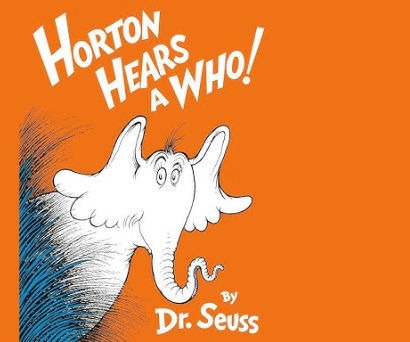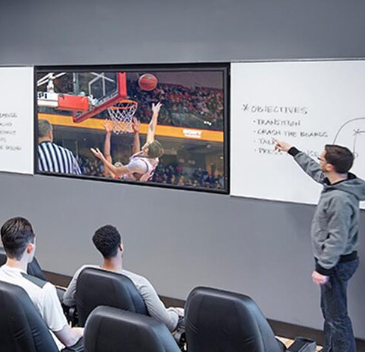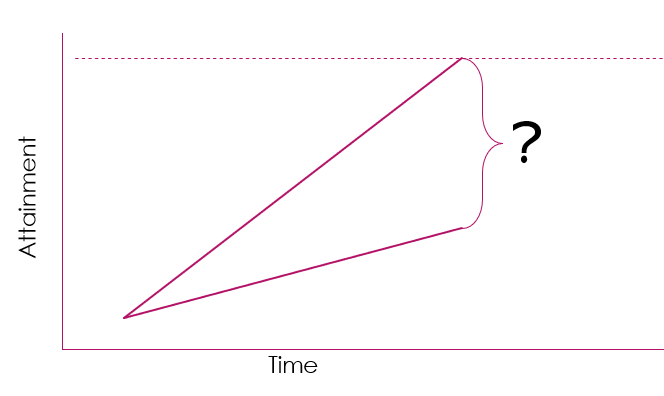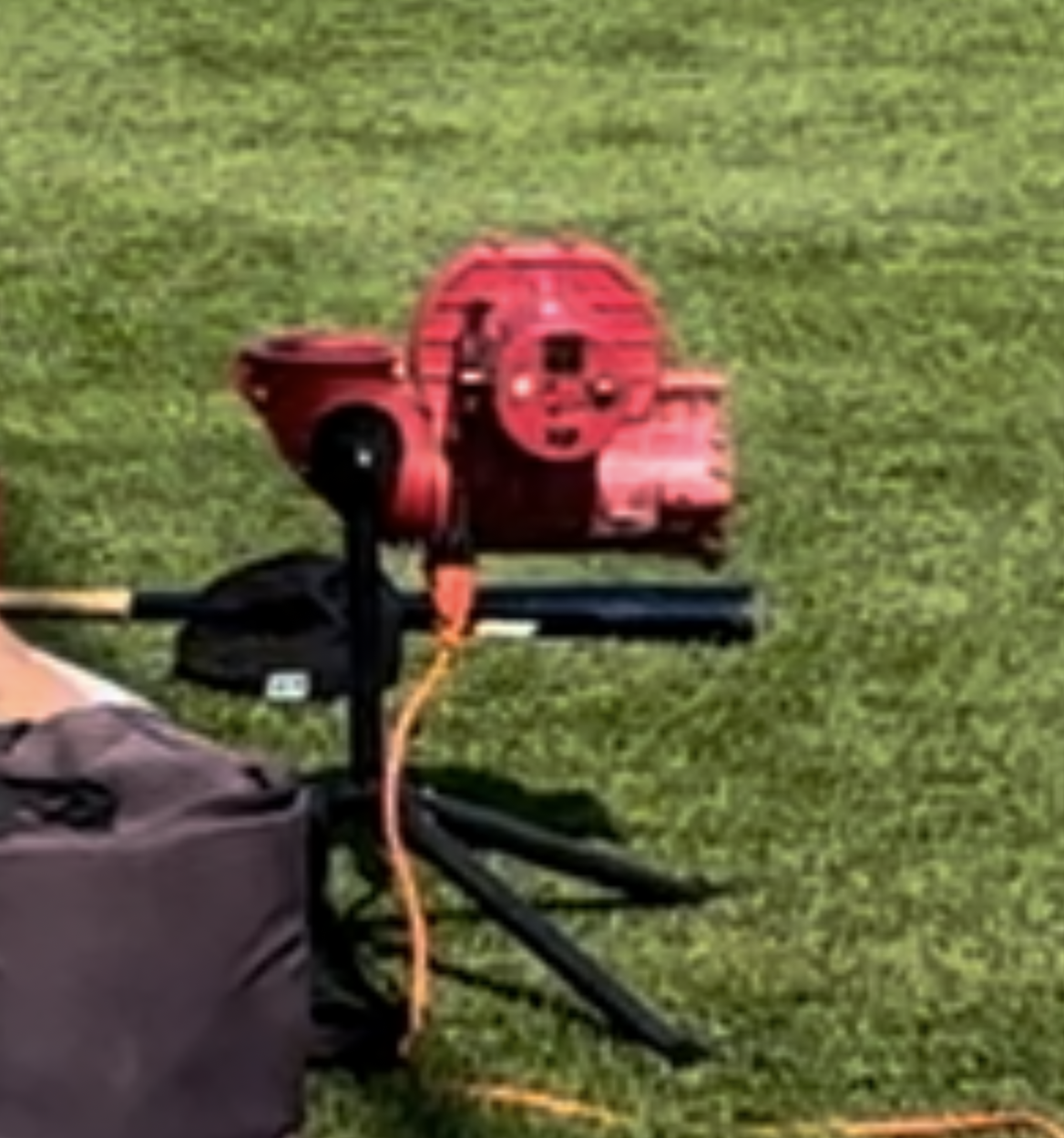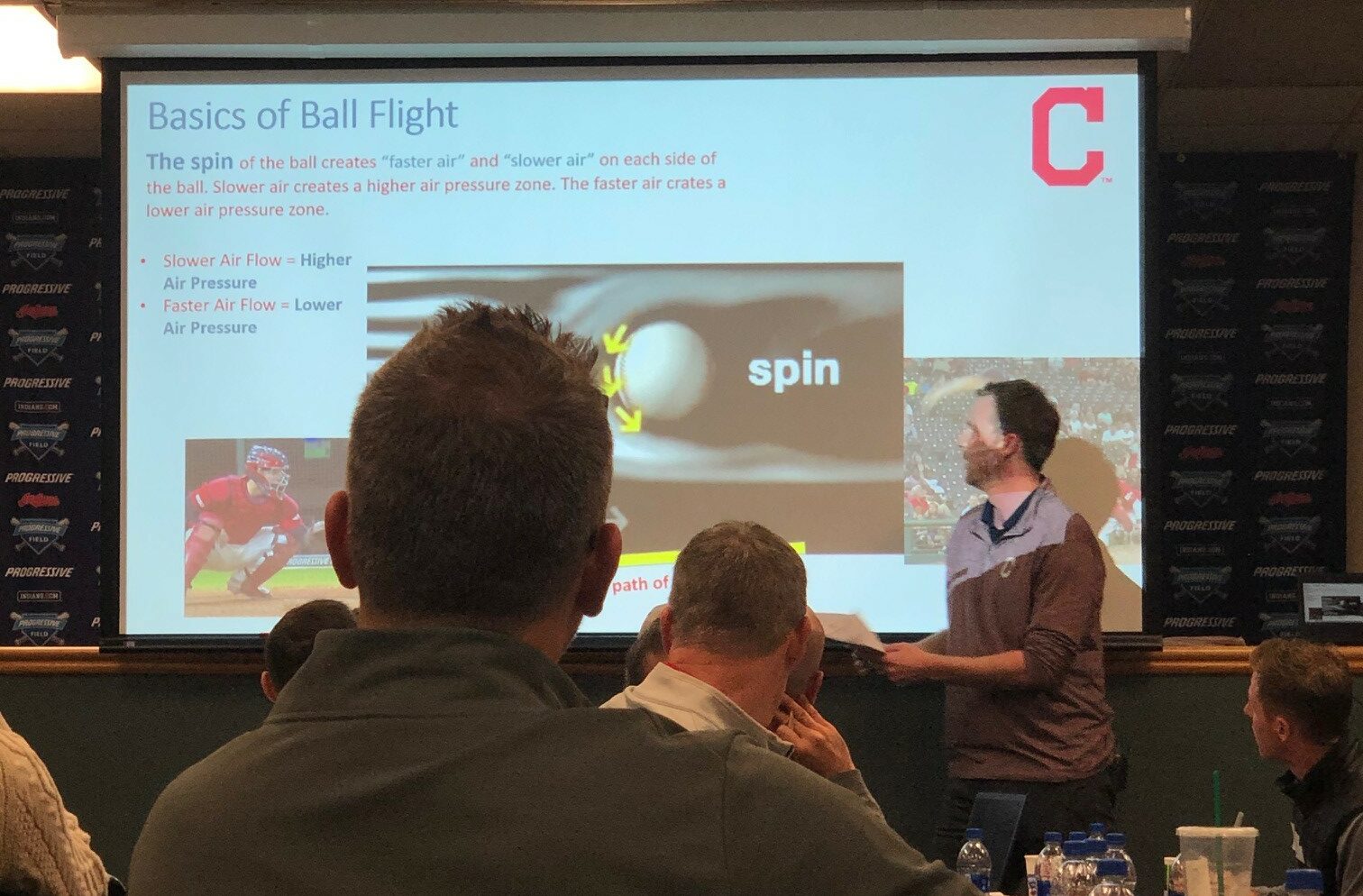THE CHALLENGE: What behaviors will help me get the information I need to make good leadership decisions?
THE IDEA:
Years ago I led a series of cohort-based professional development seminars designed to help teachers who wanted to become School Principals learn the skills they’ll need to thrive, but that they won’t learn in traditional Schools of Education. One year as we were heading into the holidays I thought it would be fun to ask the individuals in the group for their favorite books on leadership, so I could share a list back with the whole group that had reading ideas for their winter break. When I got the responses back there was one surprise that caught my eye: someone listed “Horton Hears a Who!” as their favorite leadership book.
If you don’t remember this classic, no, you will not find it in the “Leadership” section in the library. Here’s Google’s synopsis: “Horton Hears a Who! is a children’s book by Dr. Seuss, published in 1954. The story follows Horton the Elephant, who hears a voice coming from a tiny speck of dust. He discovers that the speck is home to the town of Whoville, inhabited by tiny creatures. Despite ridicule from other animals, Horton works to protect Whoville and teaches the important lesson that “a person’s a person, no matter how small””
Knowing this, I reached out to this young leader to ask her, in essence, “huh?” and her explanation went something like this:
It is absolutely the best leadership book I’ve ever read. Think about it. Horton becomes aware of something that is about to happen that is misaligned to his values, and the values of his community, because he listens! When he speaks out and is (predictably) ostracized and ridiculed, he continues to amplify the voices of those who will be impacted the most, but are nonetheless being ignored. He perseveres until he is heard, vindicated and justice is done. That book taught me more about leadership than anything I’ve read since.
There’s a few leadership lessons baked in there, but I want to focus on one in particular. When we think of great leaders, we often think of the “courage of our convictions” and “leading with values”, but a leader’s decisions will only be as good as the information they have when they make them. It can be hard for any one leader to see all the perspectives themselves, so how do leaders get all the right information they need? There’s no one answer to that question, but I’d start with building strong, trust-based relationships with everyone (supervisors/ bosses, peers, and direct reports/ those you’re serving), asking them what they think, and really listening to what they tell you.
And the research backs that up. In their book The Friction Project, Robert Sutton and Huggy Rao share how leaders can be deluded into thinking that their experience of a situation is universally shared, and therefore their opinion about how to proceed is correct. Sutton and Rao share the mental model of leaders needing to be “elephants, not hippos” and contrast the elephant’s big ears and small mouths with the tiny ears and huge mouths of a hippopotamus. It’s not a coincidence that Seuss made Horton an elephant!
Here are some ideas for both benefiting from, and promoting this type of “Listening Leader” behavior:
Coaches:
1. When engaging with your Captains or informal team leaders don’t just ask them their opinions, ask them “what do your teammates think?” or “If I were to poll the team, what do you think they’d say?” That not only gives you the information you need, but encourages your captains to be listening as well.
2. When engaging with your assistant coaches, ask them for their analysis before sharing your own. This will cut down on the amount of self-silencing and inauthentic agreement (“great idea, boss!”) you receive, and will signal you aren’t looking for them to affirm your ideas, you are truly looking to hear theirs.
Educators:
1. Ask your students what they think about your class, and really listen to what they say. If your school does a student survey, take the results seriously; research shows student perception of their teachers’ efficacy is more correlated to student outcomes than leader observations.
2. Be present in hallways, lunchrooms, and other areas where the students are. Listen to what the students are talking about. Ask them questions about their day, their other classes, their favorite TV shows. You’ll not only learn information that will help you serve them more effectively, you’ll go a long way towards building those trust-based relationships that serve as the rocket fuel in your classroom’s engine.
Horton knew the right thing to do because he listened to what the people around him were telling him, rather than relying solely on his experience. And he stayed true to his values, even when doing so was hard. All of these behaviors are what successful leaders do, so I have to say I agree with that emerging leader from years ago; Horton Hears a Who! belongs right near the top of any list of leadership books.
GO DEEP:
1. For more on the link between student perceptions and performance outcomes click here and here – you may be surprised at how strong the correlation is!
2. Shane Safir’s The Listening Leader breaks this concept down deeply in the school context – as usual there are lots of applications beyond just schools as well.
3. Leaders waiting to share their opinions until others have weighed in is one of the tried and true strategies to avoid Groupthink. You can find more on the pitfalls of group decision-making – and how to avoid them – in this article.
4. This topic comes up often with my Leadership Coaching clients. If you’re interested in learning more about leadership coaching, this topic, or anything I write about, reach out to me anytime.

